 Squid are marine cephalopods of the order Teuthida, which comprises around 300 species. Like all other cephalopods, squid have a distinct head, bilateral symmetry, a mantle, and arms. Squid, like cuttlefish, have eight arms and two tentacles arranged in pairs.
Squid are marine cephalopods of the order Teuthida, which comprises around 300 species. Like all other cephalopods, squid have a distinct head, bilateral symmetry, a mantle, and arms. Squid, like cuttlefish, have eight arms and two tentacles arranged in pairs.
The majority of squid are no more than 60 cm long, although the giant squid may reach 13 m in length. In 2003, a large specimen of an abundant but poorly understood species, Mesonychoteuthis hamiltoni (the Colossal Squid), was discovered. This species may grow to 14 m in length, making it the largest invertebrate.[5] It also possesses the largest eyes in the animal kingdom. Giant squid are often featured in literature and folklore with a frightening connotation. The Kraken is a legendary tentacled monster possibly based on sightings of real giant squid.
In February 2007, a Colossal Squid weighing 495 kg (1,091 lb) and measuring around 10 metres (33 ft) in length was caught by a New Zealand fishing vessel off the coast of Antarctica.
In English-speaking countries, squid as food is often known by the Mediterranean (Spanish and Italian) word calamari.
Individual species of squid are found abundantly in certain areas, and provide large catches for fisheries.
The body of squid can be stuffed whole, cut into flat pieces or sliced into rings. The arms, tentacles and ink are also edible; in fact, the only parts of the squid that are not eaten are its beak and gladius (pen).
.jpg)

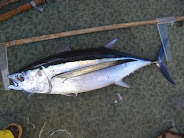

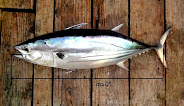.jpg)
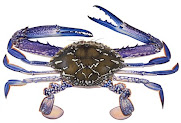.jpg)
.jpg)
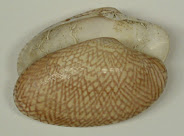




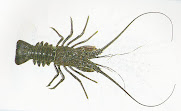
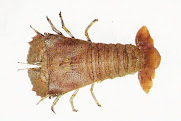


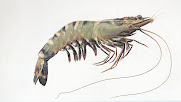

0 comments:
Post a Comment